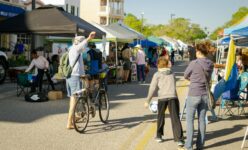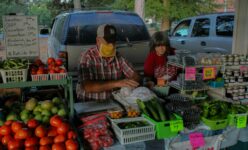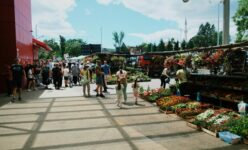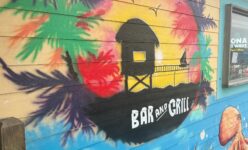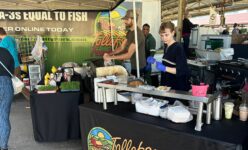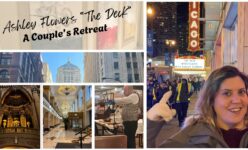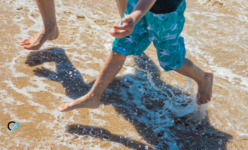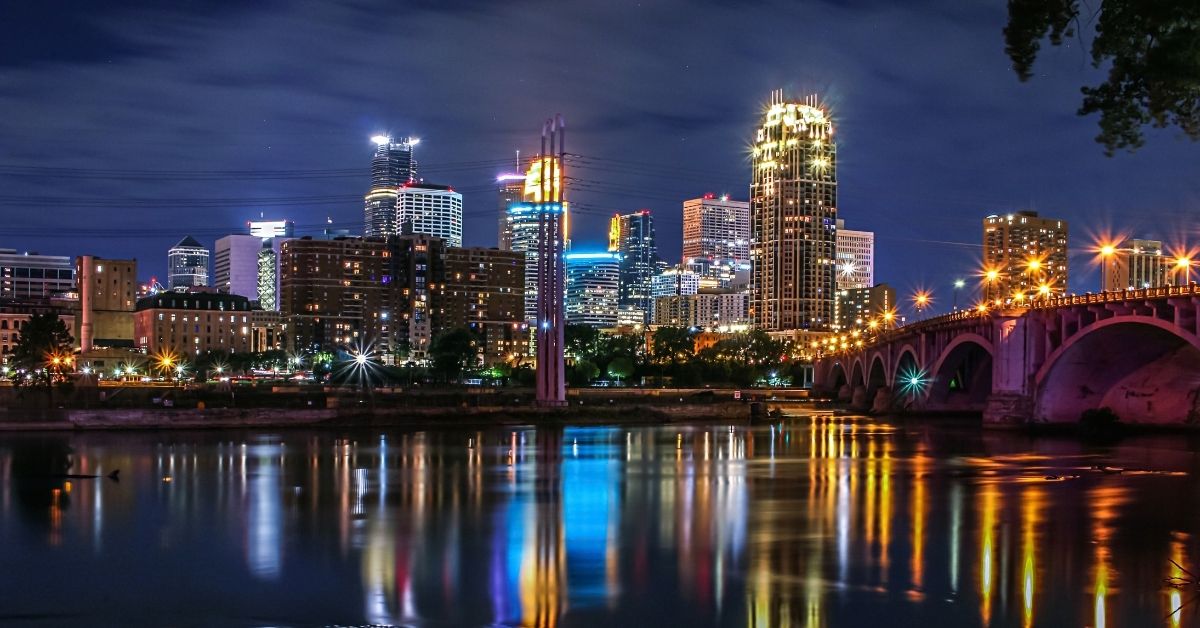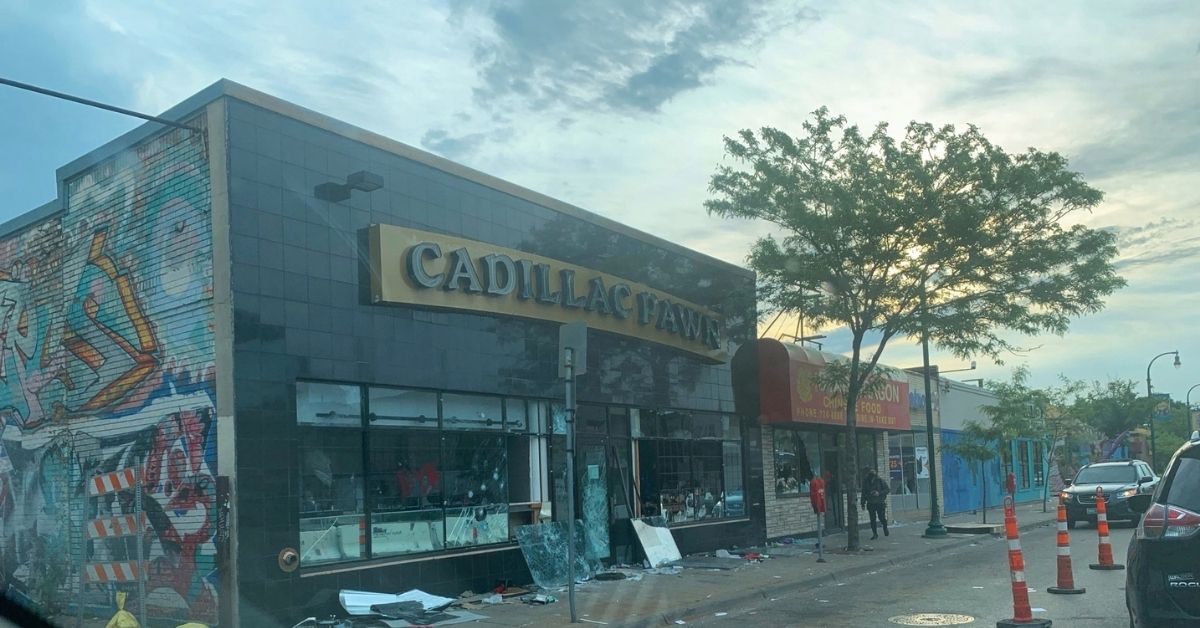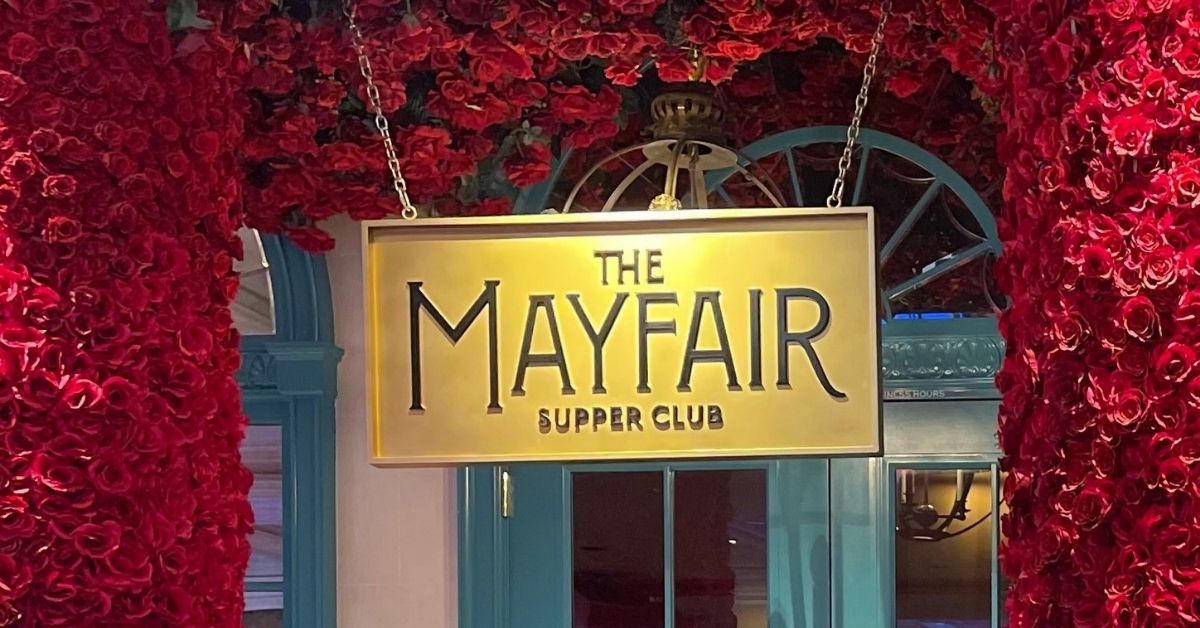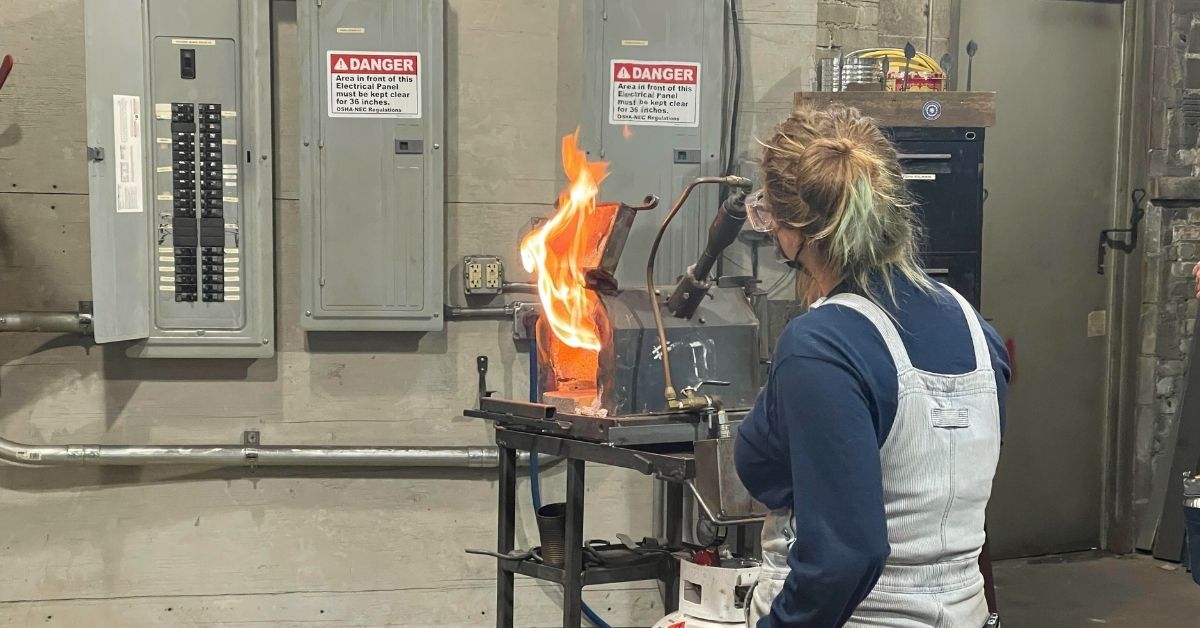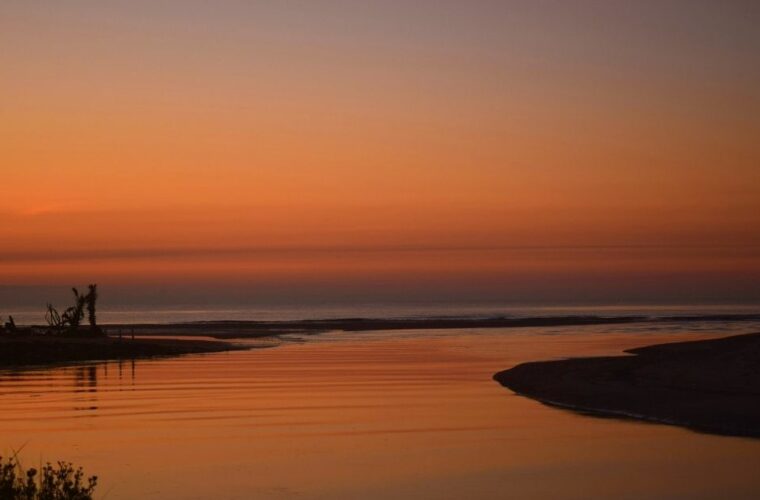
From Parkas to Palm Trees
It was 19 degrees in Minneapolis when we boarded the plane. Five hours later, my wife opened the window shade, and there it was—Puerto Rico, glowing under the sun at a toasty 85 degrees.
But we weren’t just chasing warm weather. We were chasing a dream. Could this island be home for 186 days a year?
As a dad with a growing business and a growing interest in tax strategies, I’ve been doing a lot of research. Guys like Andrew Henderson (Nomad Capitalist) and Simon Black (Sovereign Man) talk a lot about Puerto Rico—specifically Act 60 and the financial perks that come with moving here. So, we booked a flight and started our scouting trip.
Ditching the Suburbs (Temporarily)
We landed on a Saturday and headed to our Airbnb, a high-rise condo right in the heart of the city. It was a big shift from our suburban routine—deliberately so. I wanted to know what it felt like to live in a city where you could walk to everything.
We tried to go car-free. That lasted about a day. Turns out the nearest grocery store was over a mile away. With two hangry travelers and an empty fridge, we caved and rented a car. Lesson learned.
Searching for Something That Feels Like “Home”
I’m not looking to recreate my cul-de-sac. I’m looking for a place that gives us a fresh start, a different pace, and maybe a few palm trees along the way.
We tuned into a PRelocate webinar before our trip to get an idea of which towns expats tend to like. Using that as our roadmap, we started exploring.
Guaynabo: Suburban Vibes, Familiar Comforts
Our first adventure led us west, into gridlock traffic near Old San Juan. After finally escaping the downtown mess, we ended up in Guaynabo—a suburban-feeling area with strip malls, fast-food joints, and a grocery store called Super Max (which honestly sounds more like a prison than a produce aisle).
Still, it was all very familiar. Wide roads, easy parking, and a shopping experience that didn’t feel all that different from back home.
Loquillo: Quiet, Calm, and Just 20 Minutes from San Juan
Next stop: Loquillo on the east side. It had a peaceful vibe and a few bigger stores along the main road. It wasn’t too far from the city, but far enough to feel calm. I don’t have crime stats or school info yet—but it’s definitely on my “dig deeper” list.
Dorado: Promising on Paper, Not Our Fit (Yet)
A lot of expats rave about Dorado, so we had high hopes. But once we got there, it didn’t feel like our place. It’s a fast-growing town with plenty of restaurants and development—including a big gated community and some land marked for new housing.
If I were looking to invest in real estate, Dorado might be worth exploring further. But as far as everyday living? It just didn’t feel right to us.
The Weather: Unpredictable but Fun
Back in Minnesota, when the forecast says rain—it rains all day. In Puerto Rico? It’ll be sunny one minute, and pouring the next. The sun-showers come and go like clockwork. No clouds, no warnings. Just boom—you’re wet.
It’s weird, but also kind of fun. Adds a little excitement to the afternoon grocery run.
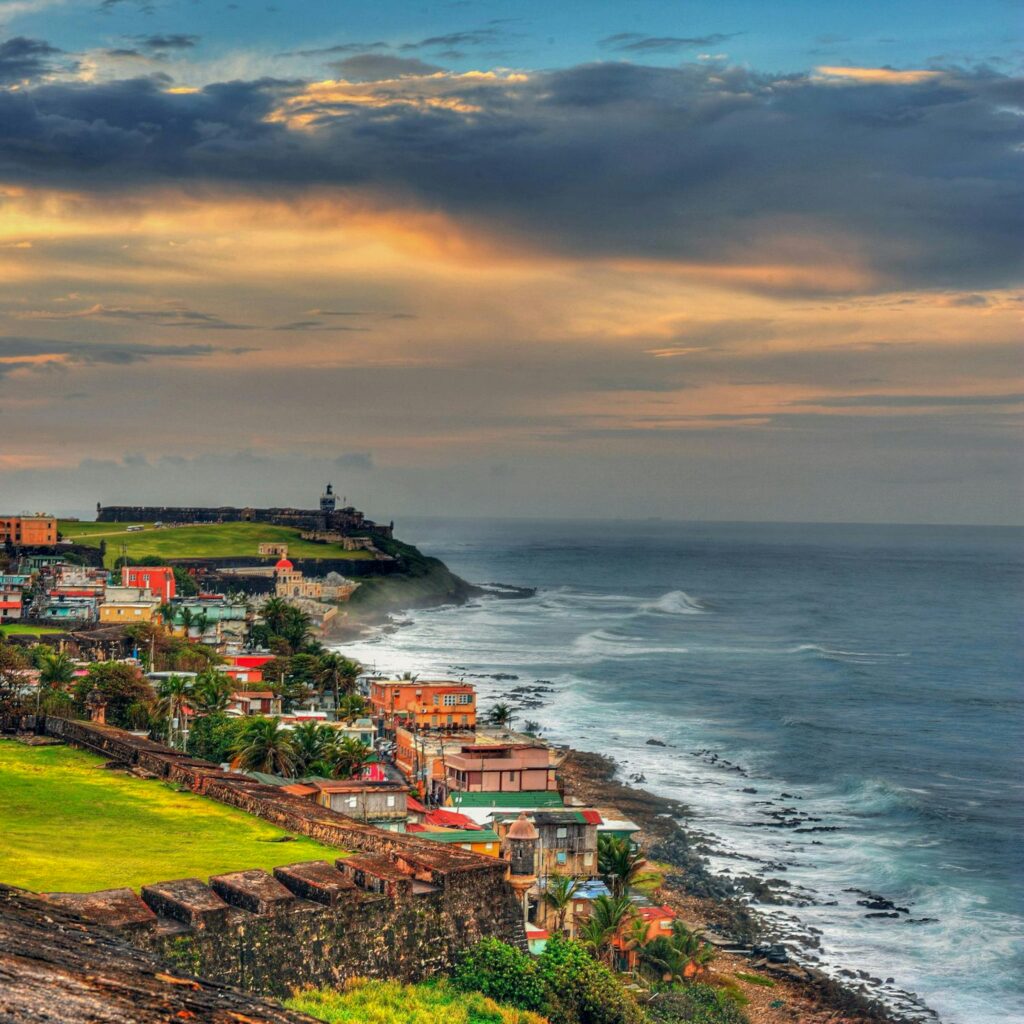
Cost of Living: Surprises and Familiar Numbers
One of the big things we were curious about going into this trip was the cost of living. Could we actually afford to live here half the year without blowing up the family budget?
Groceries? Honestly, they felt pretty similar to back home in Minnesota. Produce might be a touch pricier, especially imported stuff, but everyday items like bread, eggs, and snacks were right in line with what we usually pay at our local store.
Eating out was a pleasant surprise. We had a few solid meals—local cafes, beachside joints—and they felt slightly cheaper than what we’d pay at a comparable place in the States. Definitely not dirt cheap, but doable for casual nights out.
Gas prices were higher than we expected. Not shocking, but noticeable. And rent? It’s all about location. In San Juan, you’ll pay a premium for a nice place in a good neighborhood, especially with ocean views or new amenities. But if you’re open to being 10–20 minutes outside the metro area, there are some decent deals.
If you’re used to metro prices in places like Minneapolis or Chicago, Puerto Rico isn’t going to feel like a massive leap. But it’s also not the “cheap island life” some people expect.
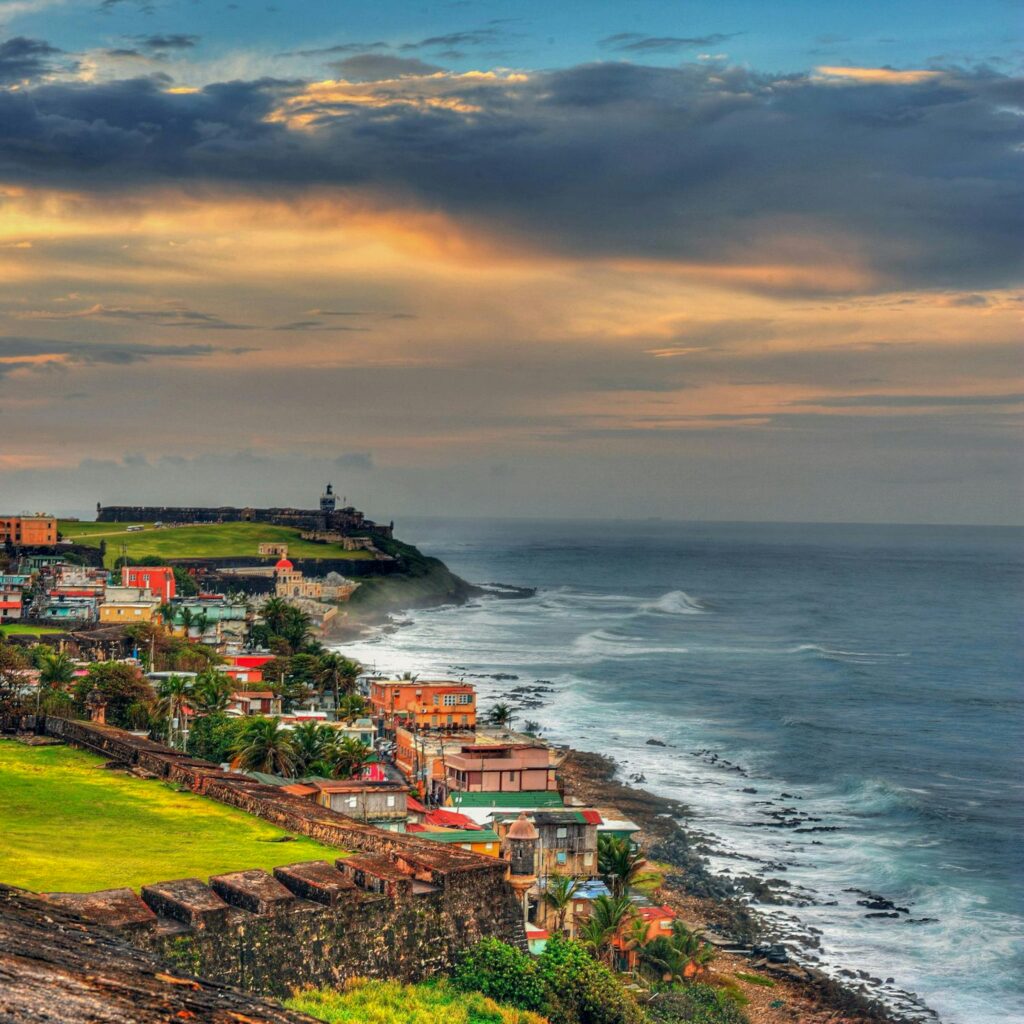
Would We Move Here?
That’s the big question, right?
The sunshine, the sense of adventure, the potential tax benefits—there’s a lot to like. We still have more research to do, more neighborhoods to explore, and more boxes to check. But this trip helped us narrow things down. It gave us a better sense of what life here might actually feel like—and that’s more valuable than any blog post or YouTube video.
Puerto Rico is definitely on our radar. And if we do make the move someday, we’ll look back at this first trip as the moment it all started.
Wrapping It Up: First Impressions and Next Steps
This trip wasn’t about sightseeing. It was about seeing what life might look like here. We didn’t find “the one” neighborhood, but we gathered a lot of good info.
Puerto Rico is still in the running. Act 60 is real, the people are friendly, and the sunshine sure beats shoveling snow. But like any big decision, it’s going to take more research, more visits, and a few more weather surprises.
One thing’s for sure: the dream is alive. And the island’s got our attention.
FAQs for Fellow Dads & Digital Nomads
Q: Why 186 days?
Because for tax purposes, you need to live in Puerto Rico for at least 183 days a year to qualify for Act 60. We like a little wiggle room—so, 186 it is.
Q: What’s Act 60?
Act 60 is Puerto Rico’s tax incentive program. For eligible U.S. citizens who become residents, it can offer seriously reduced income tax and even zero capital gains tax on Puerto Rican assets. It’s a game-changer for business owners.
Q: Is Puerto Rico safe to live in?
It depends on the area. Just like back home, some neighborhoods are better than others. Do your homework, talk to locals, and don’t make assumptions.
Q: How’s the lifestyle there?
Slower. Warmer. Louder (in a good way). If you’re flexible and open-minded, there’s a lot to love. But don’t expect Target on every corner.


